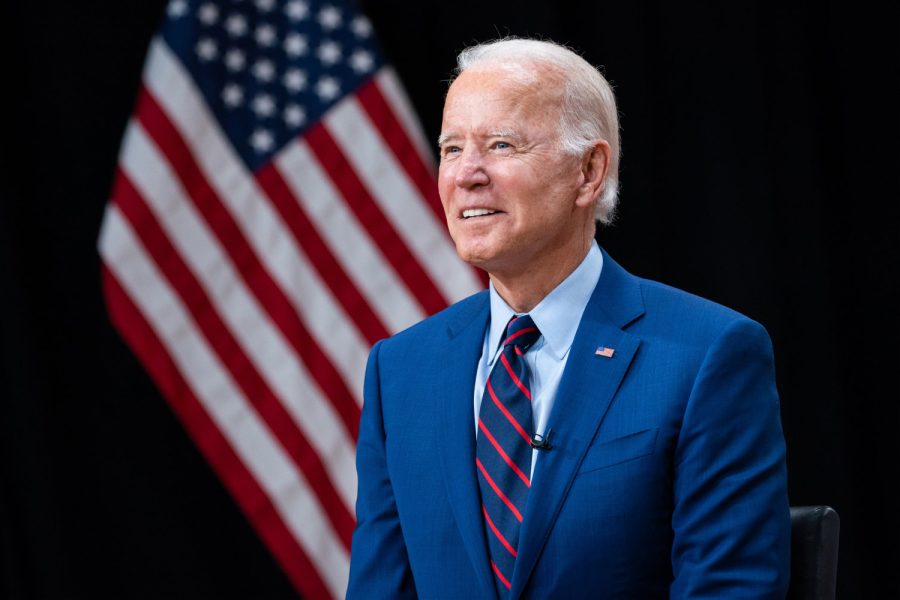Biden extends student loan pause for Americans struggling with debt
February 2, 2021
In his first week in office, President Joe Biden has sought to make a sharp turn around and has signed an executive order to pause the payment of student loans until September 2021.
On Jan. 21, the White House released an official statement on their website, stating “at the request of President Biden, the Acting Secretary of Education will extend the pause on federal student loan payments and collections and keep the interest rate at 0%. Too many Americans are struggling to pay for basic necessities and to provide for their families. They should not be forced to choose between paying their student loans and putting food on the table.”
Most average Americans have been faced with economic hardships in the past year. According to the U.S. Bureau of Labor Statistics, 31.3 million people reported in July that they had been unable to work at some point in the last four weeks because their employer closed or lost business due to the pandemic.
With students who owe loans accruing interest they will have to pay back, it becomes a battle of what is most important, and loans become another difficult financial issue Americans face. Rising unemployment means students who lost jobs are more likely to be struggling to support themselves.
Jarod Majeika is a postgraduate living in an uncertain world. Majeika found online fame at a young age and continues to keep an online presence.
He was a popular creator on the app Vine and had over 270,000 followers before the app shut down. After the demise of Vine, Majeika decided to stay a more low-profile social media personality and now shares comedic content on Twitter to his audience of more than 27,900.
Deciding to focus on his degree, Majeika found his best fit at the University of California. He accepted student loans from FAFSA to further help him in his education. Majeika finds himself like many other Americans being overwhelmed by having to bear debt at this time.
He tweeted on Jan. 25, “my student debt still hasn’t been cancelled…? @POTUS.”
“POTUS” is the official US government Twitter account and acronym for the President of the United States.
Right now his loans are in forbearance, which means they are paused but interest still accrues as if he was paying regularly.
“I’m not actually paying them, not until September at least,” Majeika said.
He said he hopes that the new administration grants complete student loan forgiveness. It’s unsettling to him that young people are put into debt right as they enter into adulthood and are encouraged to do so to further their education. Other peers of Majeika have had similar concerns.
According to NBC News, Bidens plans that “[p]eople making more than $25,000 would direct pay 5 percent of their discretionary income toward their loan, which is half of the current 10 percent cap. Those who make $25,000 or less would not be expected to pay back the government and would not accrue interest.”
The plan would also forgive the outstanding student debt of those who’ve been paying them for at least 20 years. Those who have jobs in teaching and non-profits would receive $10,000 of student debt relief each year for up to five years if they continued to keep that vocation.
Right now the pandemic increases the economic hardship of borrowers, who currently owe over $1.5 trillion in total in federal student loans. College students who were claimed as dependents were not eligible for the one stimulus check of $1,200 or the $500 addition to their parent’s checks since they were over 17. Even if an independent college student was to receive their $1,200 check, the average monthly student loan payment is about $393, according to EducationData.org.


